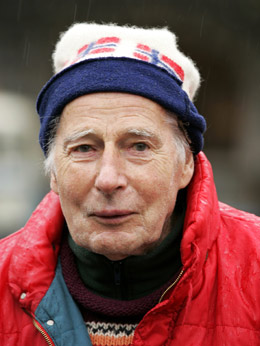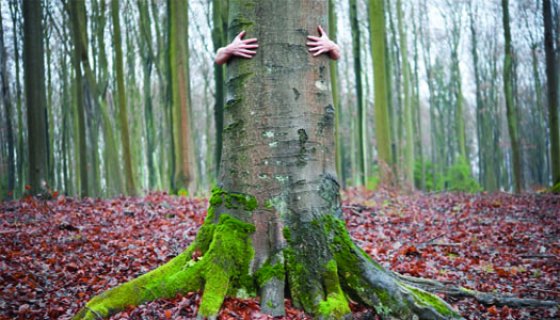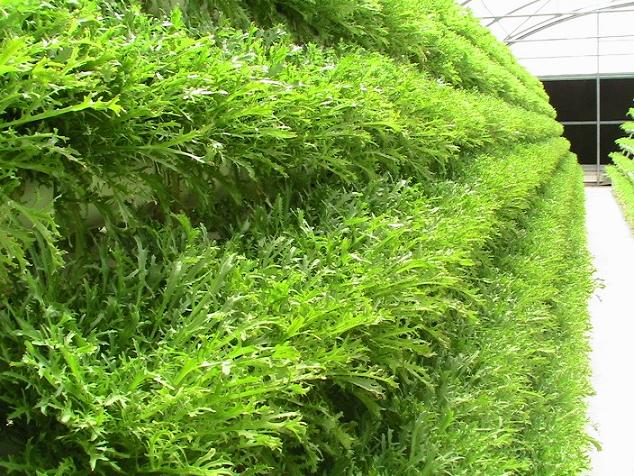- Ayrıntılar
-
Kategori: Deep Ecology
 Arne Dekke Eide Næss (27 January 1912 – 12 January 2009) was the founder of deep ecology.[2] He was the youngest person to be appointed full professor at the University of Oslo.
Arne Dekke Eide Næss (27 January 1912 – 12 January 2009) was the founder of deep ecology.[2] He was the youngest person to be appointed full professor at the University of Oslo.
Næss cited Rachel Carson's 1962 book Silent Spring as being a key influence in his vision of deep ecology. Næss combined his ecological vision with Gandhian nonviolence and on several occasions participated in direct action. In 1970, together with a large number of demonstrators, he chained himself to rocks in front of Mardalsfossen, a waterfall in a Norwegian fjord, and refused to descend until plans to build a dam were dropped. Though the demonstrators were carried away by police and the dam was eventually built, the demonstration launched a more activist phase of Norwegian environmentalism[3]. In 1958, Arne Næss founded the interdiciplinary journal of philosophy Inquiry.
Næss had been a minor political candidate for the Norwegian Green Party.[4]
Næss was a noted mountaineer, who in 1950 led the expedition that made the first ascent of Tirich Mir (7,708 m). The Tvergastein hut in the Hallingskarvet massif played an important role in Næss' life.
Philosophy
Arne Næss' main philosophical work from the 1950s was entitled "Interpretation and Preciseness". This was an application of set theory to the problems of language interpretation, extending the work of such logicians as Leonhard Euler, and semanticists such as Charles Kay Ogden in The Meaning of Meaning. A simple way of explaining it is that any given utterance (word, phrase, or sentence) can be considered as having different potential interpretations, depending on prevailing language norms, the characteristics of particular persons or groups of users, and the language situation in which the utterance occurred. These differing interpretations are to be formulated in more precise language represented as subsets of the original utterance. Each subset can, in its turn, have further subsets (theoretically ad infinitum). The advantages of this conceptualisation of interpretation are various. It enables systematic demonstration of possible interpretation, making possible evaluation of which are the more and less "reasonable interpretations". It is a logical instrument for demonstrating language vagueness, undue generalisation, conflation, pseudo-agreement and effective communication.
Næss developed a simplified, practical textbook embodying these advantages, entitled Communication and Argument, which became a valued introduction to this pragmatics or "language logic", and was used over many decades as a sine qua non for the preparatory examination at the University of Oslo, later known as "Examen Philosophicum" ("Exphil").
Read More...












 Arne Dekke Eide Næss
Arne Dekke Eide Næss


